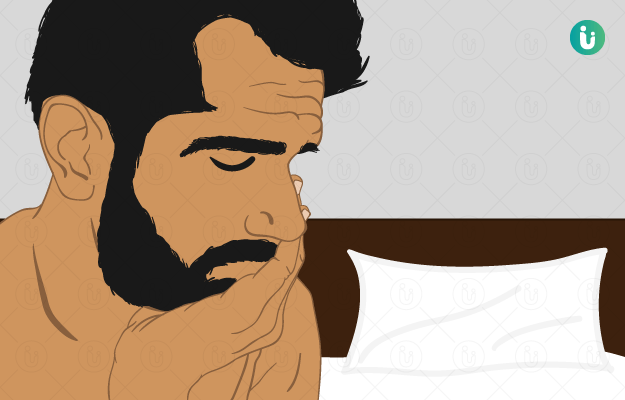What is Varicocele?
Swelling in the veins of the pampiniform plexus, which are found along the spermatic cord (a cord which holds testicles of a man) is known as varicocele. Out of 100 males, every 10 to 15 develop varicocele which is similar to varicose veins in the legs
What are its main signs and symptoms?
The commonly seen signs and symptoms of a varicocele include:
- Discomfort
- Dull ache
- Veins in the scrotum which could be enlarged, or twisted
- Painless testicular lump
- Scrotal swelling or bulge
- Infertility
- Decreased sperm count
- Rarely- no symptoms
What are the main causes?
The varicocele is mainly formed due to lack of proper blood flow along the spermatic cord due to damage to the valves inside the veins, causing swelling and widening of the veins. Conditions like a kidney tumour can also result in blockage to the flow of blood to a vein.
How is it diagnosed?
The physician takes a complete history of the symptoms and will conduct a thorough examination of the groin area, which includes the scrotum and testicles, to check for any twisted veins along the spermatic cord. In the lying down position, this may not be visible. Also, the size of the testicle on each side differs which is taken into consideration during the examination.
Valsalva maneuver is performed by the physician, in which you will be asked to take a deep breath and hold it until the physician feels the scrotum.
The physician may further advise an ultrasound of the scrotum, testicles, and kidneys.
Varicoceles are not treated unless they cause pain, problems with fertility and difference in growth of testicles (left growing slower than right).
- Use of jock strap or snug underwear to relieve discomfort.
- Varicocelectomy which is a surgery to correct a varicocele.
- Varicocele embolization is an alternative surgical method.
- Percutaneous Embolization
- Only painkillers (acetaminophen, ibuprofen) can be given to relieve the swelling and pain.

 Doctors for Varicocele
Doctors for Varicocele  OTC Medicines for Varicocele
OTC Medicines for Varicocele
 Varicocele articles
Varicocele articles

 Yoga for Varicocele
Yoga for Varicocele







 Editorial Team
Editorial Team











